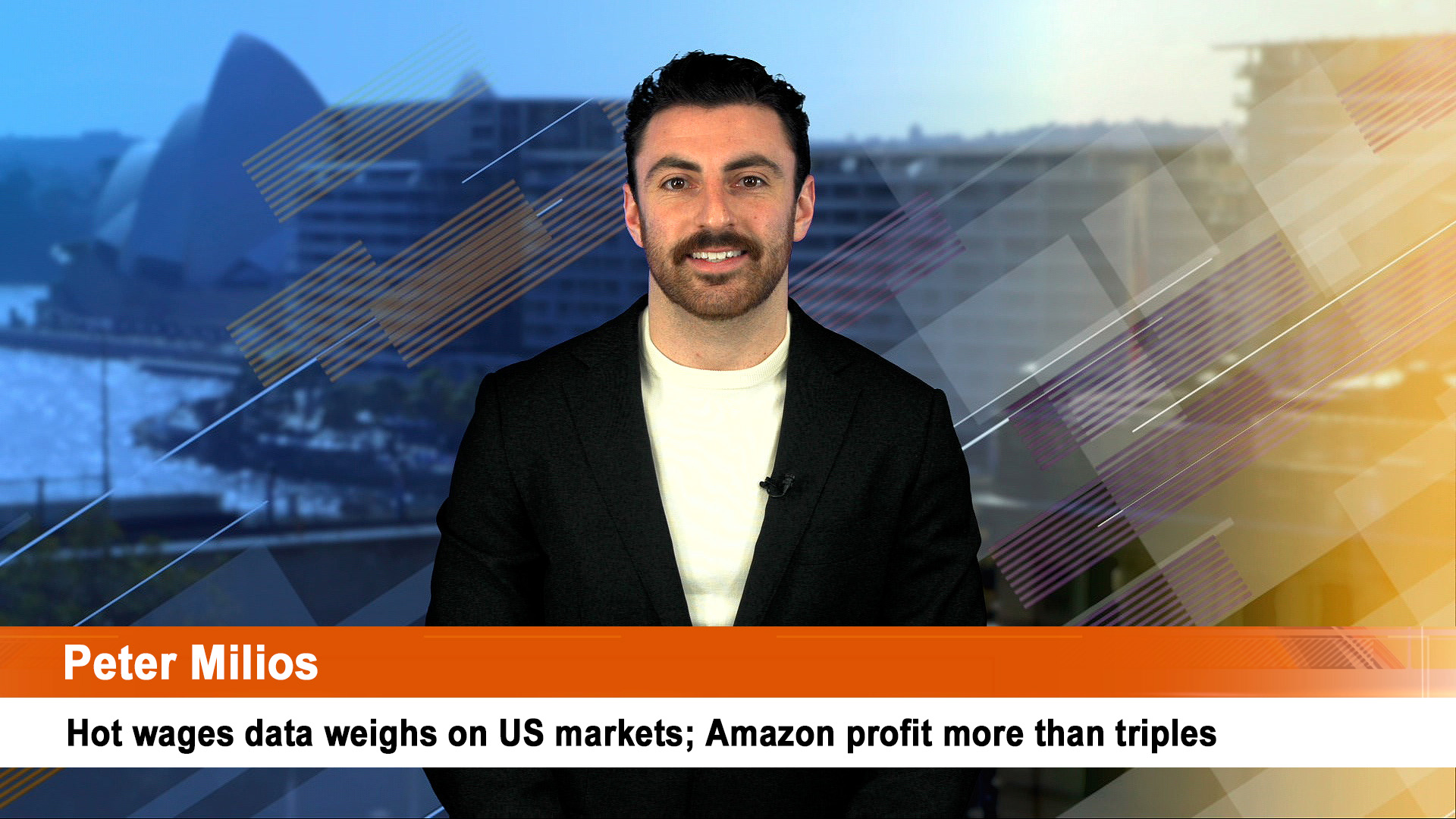The Aussie share market is heading for a second 100 point or near 2% slump on Tuesday after Wall Street endured its biggest one day fall of the year on Monday.
A 7% slump in iron ore prices and weaker oil prices will see further pressure on local investors, as it did on Monday.
Wall Street’s biggest one day fall of the year came as China allowed its offshore currency, the Yuan, to drift under the key 7 to the US dollar level, a reply from the country to Donald Trump’s escalation of his trade war late last week.
While the currency drifted back over 7 to the US dollar in early Asian dealings this morning, the message was stark for investors globally – that China won’t rule out anything to fight back against Trump’s trade attacks.
The ASX futures market fell 110 points overnight Monday after a 128 point slump on Monday or 1.9%.
Iron ore prices fell 7% on Monday to just over $US100 a tonne according to the Metal Bulletin 62% iron ore index. Iron ore fell 6.9% on Friday and 9% last week. It is down more than 20% from its most recent peak of just over $US125 a tonne on July 2.
The fall – nearly 3% came a day after Wall Street had its biggest weekly loss of the year. But gold again surged to new six-year highs, while oil and other commodities sold off.
Bond yields fell around the world for another day with the yield on US 10 year bonds ended around 1.71%. The yield on the Aussie 10 year bond was steady at 1.08%, the all-time low. The Aussie dollar fell to just over 67.50 US cents
While Wall Street ended off of session lows, which had seen the Dow drop by more than 900 points, Monday’s losses were nasty and all self-inflicted thanks to Trump’s threat late last week to impose an extra 10% on $US300 billion of imports from China.
The Dow ended the day down 767.27 points, or 2.9%, at 25,717.74, the S&P 500 shed 87.31 points, or 3%, to close at 2,844.74. The Nasdaq took the biggest whack, slumping 278.03 points to finish at 7,726.04, a decline of 3.5%.
The rout marked the biggest one-day selloff, in percentage terms, for the Dow since Christmas Eve 2018 and the biggest drop for the S&P 500 and Nasdaq since December. 4.
The drop marked the lowest close for the S&P 500 and Nasdaq since June 6 and the lowest finish for the Dow since June 5.
It also left the S&P 500 off 6% from its record close set on July 26, while the Nasdaq is off 7.3% from its all-time closing high set the same day and the Dow has pulled back 6% from its July 15 record finish.
The steep selloff came after the S&P 500 and Nasdaq had their biggest weekly declines of 2019. The Dow lost 2.6% for the week, the S&P 500 index fell 3.1% and the Nasdaq lost 3.2% over the week.
The Stoxx 600 fell more than 2% on Monday after the 2.6% slide on Friday.
Gold rose to new six-year highs in New York. Comex gold for December delivery rose $US19, or 1.3%, to $US1,464.60 an ounce. That was the highest most-active contract finish since May 9, 2013.
Comex September silver added 12 cents, or 0.8%, to $US16.34 an ounce Monday. It lost 0.8% last week.
Prices ended about 2.7% higher last week and the metal is now up about 15% from its low of 2019.
Oil dropped with West Texas Intermediate crude for September delivery down 97 cents, or 1.7%, to $US54.69 a barrel in New York and October Brent crude settled at $US59.81 a barrel in Europe, down slightly on the day.













